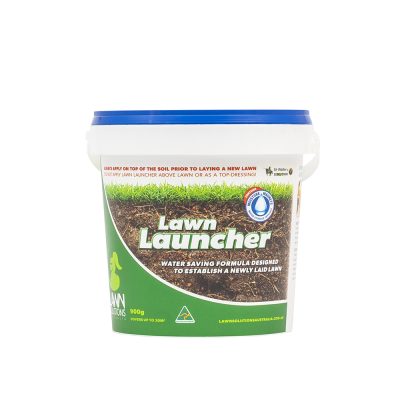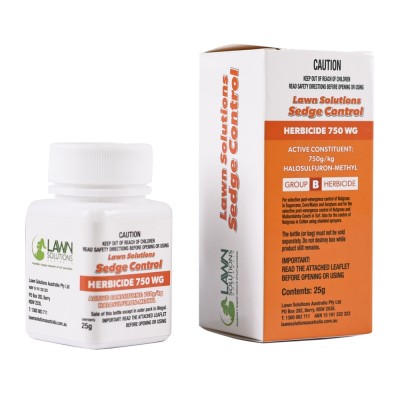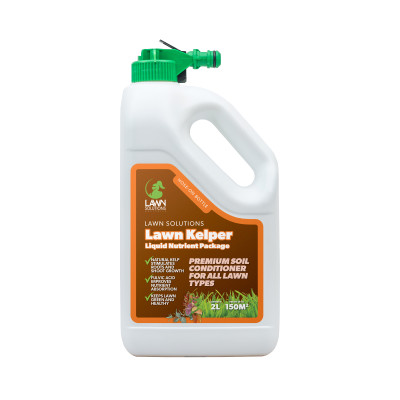Turn your moonscape back into a landscape today…
What’s the cause?
If you own pets, such as dogs and chickens, and they like to scratch and dig, they can be an obvious cause. If so, the best thing to do is to try to keep your pets away from the little sandpits in your lawn. Chickens aren’t the easiest animals to train and more-often-than-not, fencing off your lawn isn’t the most practical option. Lawn tractors allow your chickens to have access to your lawn, under your control. For more details on chicken-proofing your lawn, see our Tips to Protect your Lawn From Chickens article. Dog urine on your lawn will usually kill the affected area, leaving a small brown spot. The high nitrogen content is responsible for the burning, and the brown spots will repair within a week or two. There are mineral based ‘dog rocks’ available that can be placed in the dog’s drinking water. These dog-safe rocks filter out impurities from the water, such as ammonia and nitrates, to make the urine less likely to burn the lawn. Most healthy lawns will overcome pests and disease if it’s not too severe. To ensure your lawn is in best health, it’s best to look at simple measures in your lawn-maintenance program and include periodical aerating and top-dressing on top of your regular fertilising, mowing and watering when required. If there are dry spots in your lawn, then lack of water or poor soil and drainage is the culprit. As a quick fix; look at applying a wetting agent solution over your entire lawn, with more focus on the affected area. Water the affected area very well with a hose, followed by watering the entire lawn.
Lawn grubs and worms can be a problem at certain times of the year and can be hard to diagnose. When breeding and environmental conditions align they can be a problem and can cause dead patches. Try placing a wet hessian bag or old towel on your lawn overnight and then lift it up in the morning to see if an abundance of creepy-crawleys are the cause. Talk to your local nursery supplier or closest Lawn Solutions Centre for the best method of eliminating grubs – depending on the time of year and severity of the infestation. Lack of sunlight is another common cause of bare patches. Heavy pruning of surrounding foliage to allow more sunlight onto the lawn, or reassessing if the lawn should be in the shaded area are the best solutions. It’s also important to ensure you have the right lawn type for your environmental conditions and it’s a good idea to talk to your nearest Lawn Solutions Australia member turfgrower to check on your next best steps in getting the most out of your lawn.



